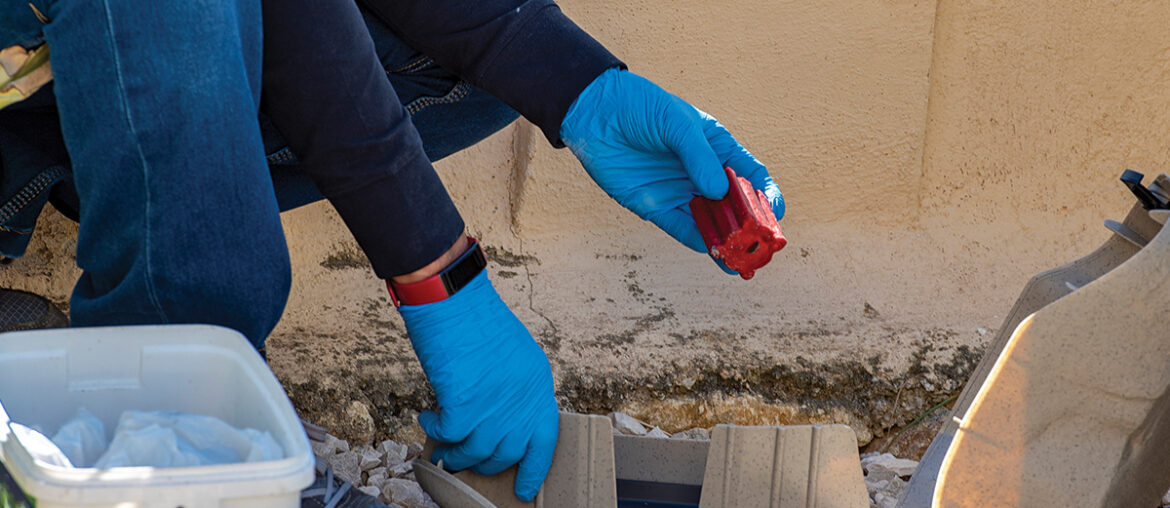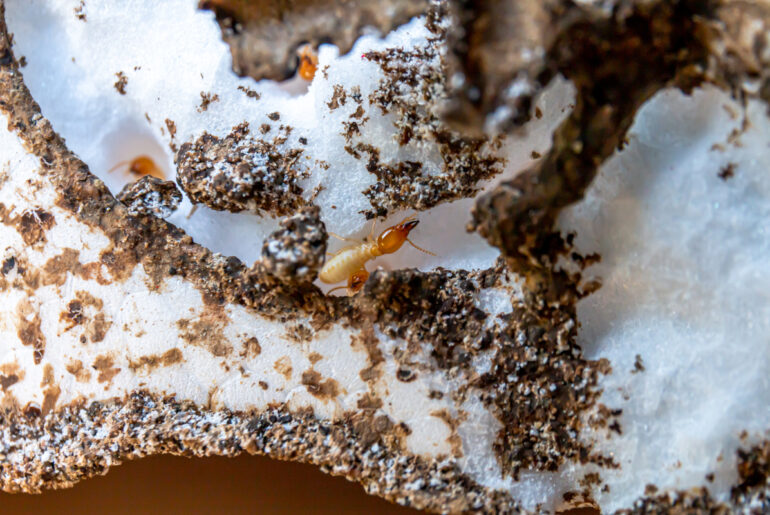Whether you’re just starting out as a pest control professional or have been in the pest control game for a while, you can’t expect to successfully manage pests and satisfy your customers if you don’t have the right tools for the job. In pest control, this means having all of the pest control products and equipment needed to deal with pesky bugs and other pests. Take a look below at the essential tools you’ll need to get the job done right.
1. Bed Bug Equipment
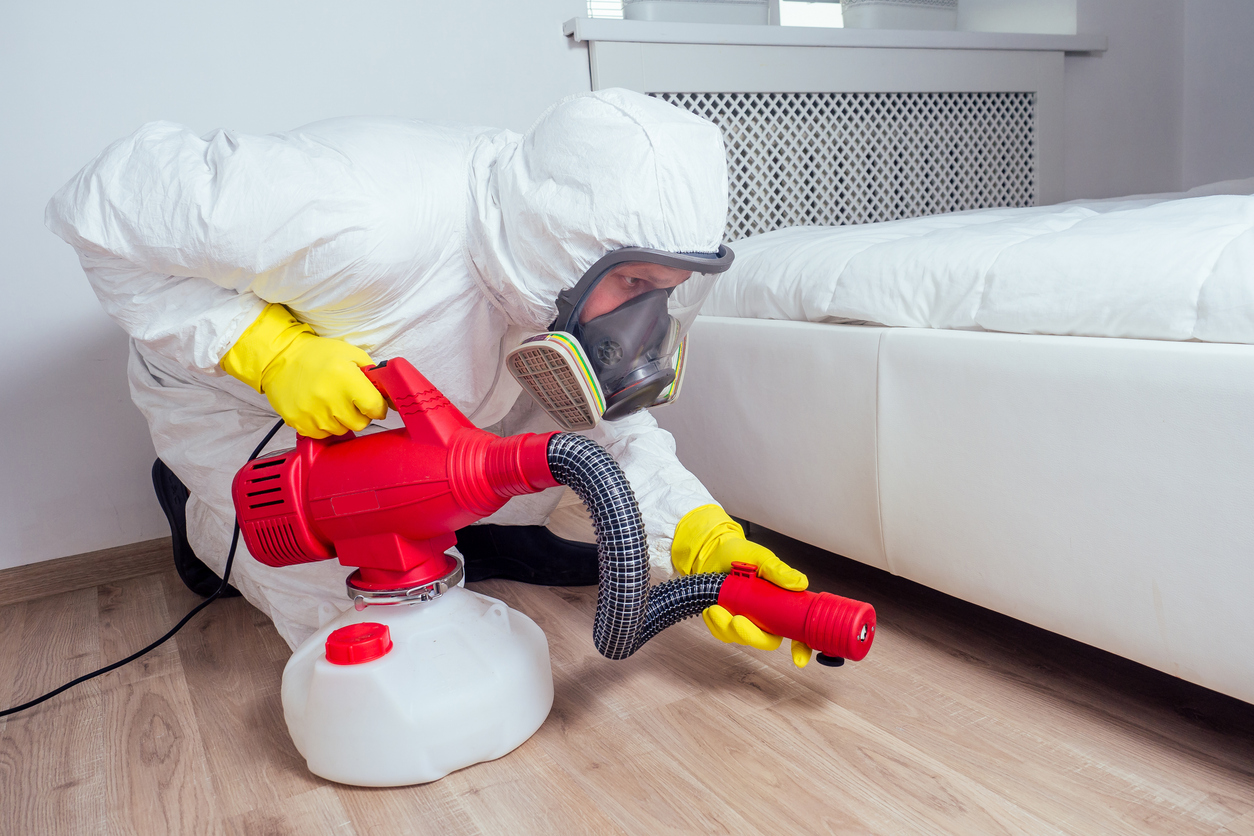
Pest control operators are responsible for controlling infestations of bed bugs in homes and businesses. As bed bugs are notoriously stubborn and are particularly irksome for customers, having the right bed bug equipment is essential to satisfying your customers. Bed bug equipment should include chemical treatments, vacuums, steamers, covers, interceptors, and monitors that can help identify and track bed bugs so they can be eliminated quickly and efficiently.
Chemical treatments like synthetic chemicals are for eliminating bed bugs quickly. A variety of insecticides, dust, and aerosols are available to kill bed bugs in hard-to-reach areas and on furniture, mattresses, and other items. Essential pieces of equipment like vacuums are helpful for removing live bed bugs from surfaces. Pest control equipment supplies like steamers can be used to heat treat mattresses and other items to kill any bed bugs that may be present.
2. Dusters
Dusters, also known as bulb dusters, are an essential piece of pest control equipment used to apply pesticides, dust, and other materials to hard-to-reach areas. There are a variety of different types of dusters available on the market, from compressed-air models to battery-powered models. Dusters are ideal for treating attics, crawl spaces, and wall voids where pests like to hide.
Dust applicators distribute fine dust that is able to penetrate the cracks and crevices where insects reside. You can use either powdered insecticides or baits in dusters, depending on what’s best for dealing with the type of insect you’re trying to get rid of.
3. Foamers
Foaming equipment is an important piece of pest control gear. This type of equipment is used to apply a foam or gel that can penetrate cracks and crevices, similar to how dusters work. Foaming equipment is ideal for treating tight spaces. The foam or gel will expand and fill the voids, killing any pests that come in contact with it.
4. Fogging Equipment

Fogging equipment is another essential piece of pest control equipment. This type of equipment is used to apply a fine mist of pesticide that can penetrate and kill pests in hard-to-reach areas. Fogging is ideal for treating confined indoor areas like attics or crawl spaces, but can even be used in larger outdoor areas such as patios, decks, and gardens.
5. Respirators
Speaking of fogging equipment, it’s important to protect yourself from inhaling any harmful particles when using pesticides or other hazardous materials. This is why respirators are an essential part of pest control equipment. Respirators are designed to filter out particles that can be dangerous when inhaled, keeping you and your team safe.
Respirators come in a variety of styles, including full-face masks and half-masks that cover just the nose and mouth. It’s important to make sure you choose the right respirator for the job so that you can stay safe and healthy while doing pest control work. Be sure to check for a good fit, and always ensure that the respirator’s filtration is adequate for the materials being applied.
6. Rodent Inspection Equipment
If you’re dealing with a rodent problem, it’s important to use specialized equipment to inspect potential hiding places such as walls, attics, and crawl spaces. This type of equipment includes endoscopes, cameras, traps, glue boards, and other devices. Endoscopes are used to get a visual of the inside of walls, while cameras allow you to monitor possible entry points and activity. Traps and glue boards are used to capture rodents for removal or relocation.
You may also want to consider smart traps, particularly if you’re managing large commercial properties. Using smart sensors and either Bluetooth or Wi-Fi technology, smart traps allow you to scan for activity with a smartphone or other device, minimizing the need to manually check traps in hard-to-reach areas and helping you cover larger areas more quickly.
7. Safety Equipment
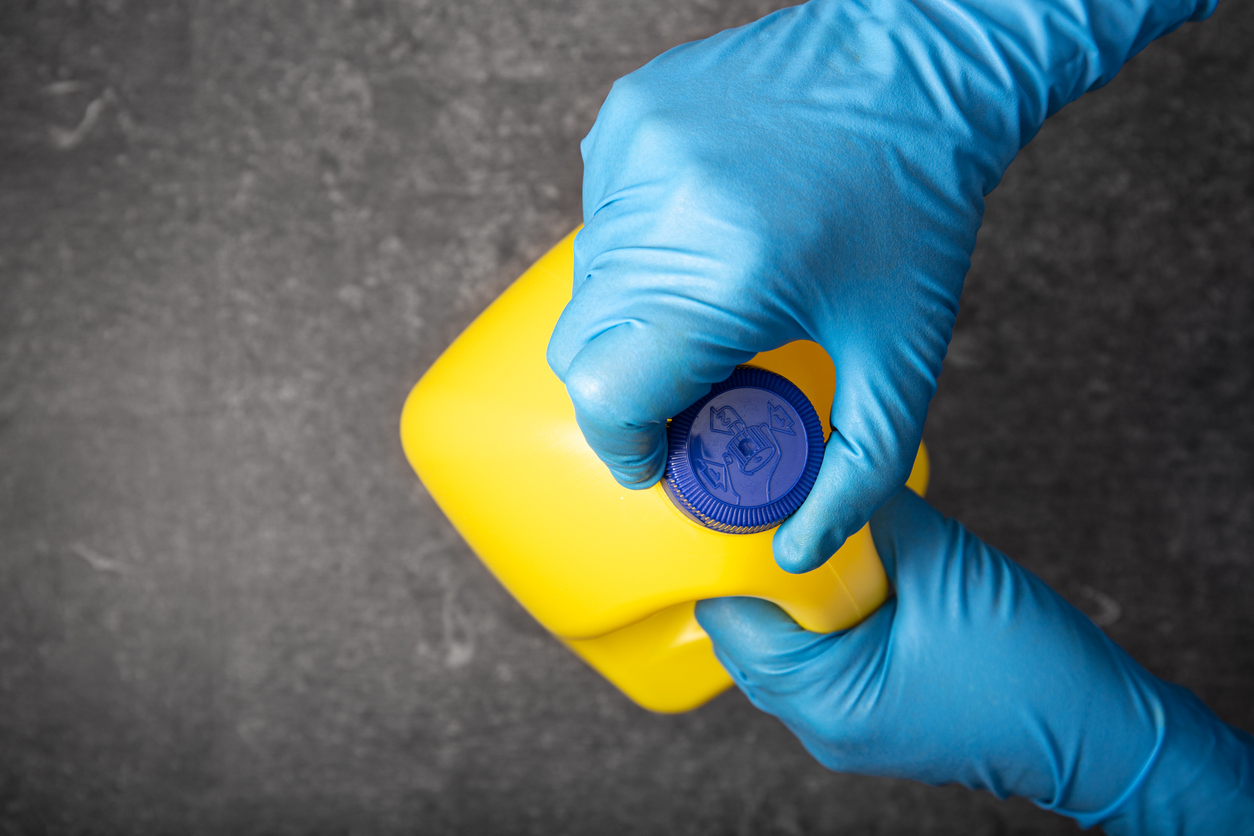
Doing pest control work can be dangerous, so it’s important to make sure you have the proper protective equipment. We mentioned respirators above, but they are certainly not the only safety gear you’ll need on the job.
Safety equipment can include gloves, goggles, and protective clothing. Gloves help to protect your skin from any chemicals or other pests you may come into contact with while doing pest control work. Goggles help to protect your eyes from any dust, debris, or chemicals for pest control that may be in the air when spraying insecticides. Protective clothing such as long pants and long-sleeved shirts or coveralls also helps to protect your skin from any hazardous materials you may come into contact with.
8. Sprayers
Sprayers are a must-have for anyone doing pest control work. There are many different types of sprayers available, ranging from simple hand-pumped models to more advanced electric or gas-powered models. Depending on the size of the job, you can choose from a variety of pumps and nozzles to ensure you’re using the right amount of insecticide for the job.
9. Lawn Spreaders
If you’re dealing with a lawn pest problem, then you may want to consider using a lawn spreader. This type of equipment allows you to evenly distribute granular insecticides or fertilizers over a customer’s lawn in order to treat the entire area. Lawn spreaders come in both manual and powered varieties, so you can choose the right one for your particular needs and budget.
10. Termite Control Equipment
Termites are some of the most destructive pests, so it’s important to use specialized equipment when dealing with them. Termite control equipment includes baiting systems, liquid treatments, and dust. Baiting systems use slow-acting insecticides that target termite colonies over time. Liquid pesticide treatments are injected directly into the soil in order to kill termites on contact. Dust is used to treat hard-to-reach areas, such as wall voids.
One of the most widely recognized termite solutions is Sentricon, a standalone system that provides long-term protection against pest infestations. It utilizes a system of bait stations that are placed in strategic locations around the home or business where termites may be present. The bait stations contain food sources for the termites, and when they consume them, they also ingest a slow-acting insecticide, which eliminates the colony over time. Pest control technicians should be trained in placing and refilling stations as needed.
Beyond the gear required to treat for termites, be sure to stay on top of any regulatory forms or other paperwork that’s required. The specifics, like costs can vary from place to place, so check locally in the areas you service to make sure you stay compliant.
11. Branded Vehicles
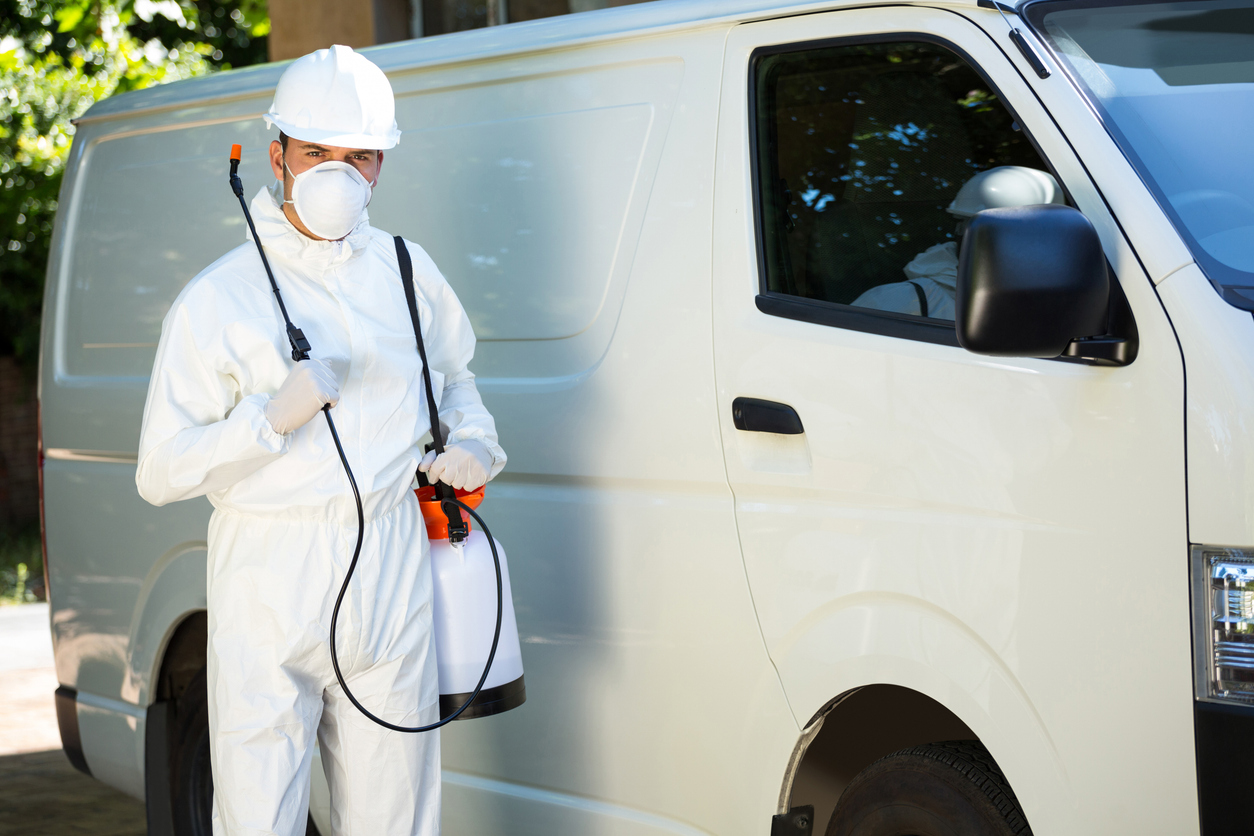
Having a well-maintained truck with company branding is an essential part of running a successful pest control business. Not only does it provide the necessary equipment for the job, but it also helps to create an impression of professionalism and reliability. A clean, well-maintained truck with clearly visible logos and signage will make customers more likely to trust your pest control company and will show that you take your services seriously.
Additionally, branding your vehicle with a professional wrap to showcase your business name and logo helps turn your vehicle into a mobile billboard for your pest control operation. This can be particularly valuable for attracting new business in areas you already service, which typically minimizes the work needed to take on new customers. If you have a provider for print marketing materials, be sure to check if they offer vehicle wraps before seeking them out elsewhere.
12. Hose
Pest control technicians rely on hoses and backpack sprayers to effectively apply various chemicals and pesticides in order to eliminate pests and their habitats. The hose allows them to reach difficult or hard-to-access areas where pests may be hiding, ensuring that the treatment is applied thoroughly and evenly. Additionally, the backpack sprayer allows technicians to carry a large quantity of treatment without having to constantly refill, making their job more efficient and allowing them to cover larger areas in a shorter amount of time.
When applying herbicides, the use of a hose and backpack sprayer is crucial for precision and accuracy. Herbicides need to be targeted directly at specific plants or areas in order to effectively eradicate unwanted vegetation without causing harm to surrounding plants or wildlife. The hose provides technicians with the flexibility to carefully direct the spray exactly where it is needed, while the backpack sprayer ensures that they have a steady supply of herbicide readily available throughout the treatment process. Overall, the use of hoses and backpack sprayers is essential for pest control technicians to properly apply treatments and effectively eliminate pests or unwanted vegetation.
13. Save Time with Pest Control Software
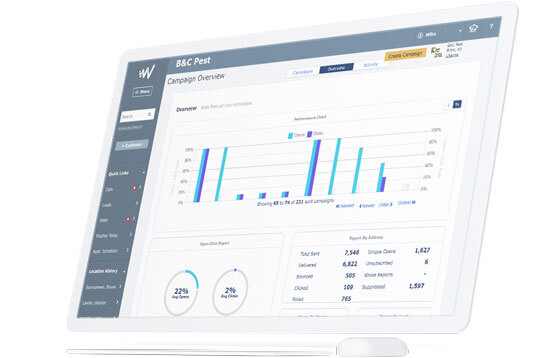
Technology has made it easier than ever to manage pest control operations efficiently in the pest control industry. Pest control software like PestPac enables businesses to identify the products and materials used in treatments, monitor customer accounts, schedule preventative maintenance, and much more, usually while drastically reducing the amount of manual labor involved. This type of software can also provide real-time updates on the status of current pest control treatments and give recommendations on future treatments.
Benefits of PestPac
1. Increased efficiency: Pest control software streamlines various aspects of pest control operations, such as scheduling, billing, and customer communication. This can help businesses save time and resources by automating repetitive tasks and allowing technicians to focus on providing quality service to customers.
2. Improved customer service: With PestPac, businesses can easily access customer information, history, and preferences, allowing them to provide personalized service and build stronger relationships with their clients. This can lead to higher customer satisfaction and retention rates.
3. Enhanced accuracy: Pest control software keeps track of all treatments performed, products used, and scheduling information, reducing the risk of errors or oversights. This ensures that technicians are following proper protocols and providing effective pest control solutions.
4. Reporting and Analytics: PestPac pest control software also offers valuable reporting and analytics capabilities, allowing businesses to track key performance metrics, identify trends, and make data-driven decisions. By analyzing this data, companies can optimize their operations, improve efficiency, and ultimately increase their bottom line.
In Closing
In closing, having the right pest control tools and equipment is essential for any pest control business to effectively eliminate pests and provide quality service to customers. From protective gear like respirators and gloves to specialized equipment like rodent traps and termite control devices, investing in the proper tools can make a significant difference in the success of your pest control operations.
Additionally, utilizing pest control software like PestPac can help streamline operations, improve efficiency, and enhance customer service.
Overall, investing in the right pest control tools and software can help businesses stay competitive in the industry, provide quality service to customers, and ultimately grow their business.

